home vintage cameras index
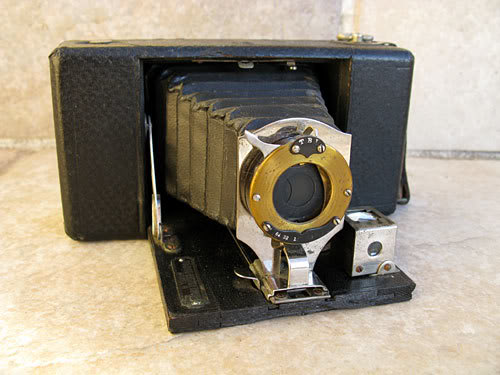
My inspiration for acquiring the Buster Brown was the photo below of my grandmother, taken as she sat in a canoe on a Wisconsin pond, possibly before the birth of my mother in 1917.
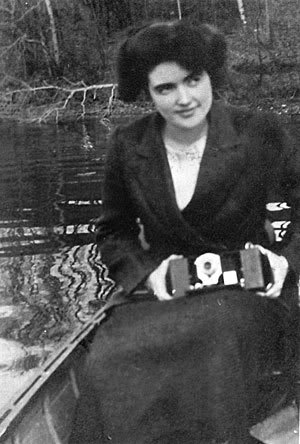
Looking at the proportions of her camera, I think it was probably not the same 120-format as mine, but rather one of the larger, now obsolete formats which yielded post-card size contact prints. |
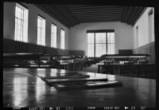

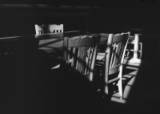
home vintage cameras index
The lens on my camera is a nicely ground and mounted, single-element menisicus which is located behind the shutter and aperture. The shutter, with options for "T,B and I", was probably manufactured by Wollensak. The aperture offers Universal System choices of "8,16,32 and 64", which correspond to the f-stops, f11, f16, f22 and f32.
The release for the latch that permits opening the back is on the inside-front of the camera, just above the back of the bellows. Pressing the release allows the back to detach completely. Two long, polished leaf springs provide adequately for film flatness and tension. The wooden film spool is for 120-format film, still available today.
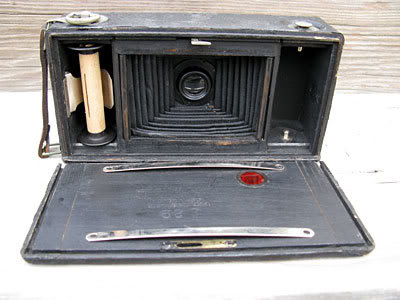
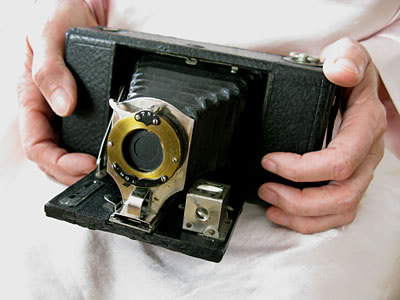
 Early Ansco cameras (Butkus)
Early Ansco cameras (Butkus)
 © mike connealy
© mike connealy